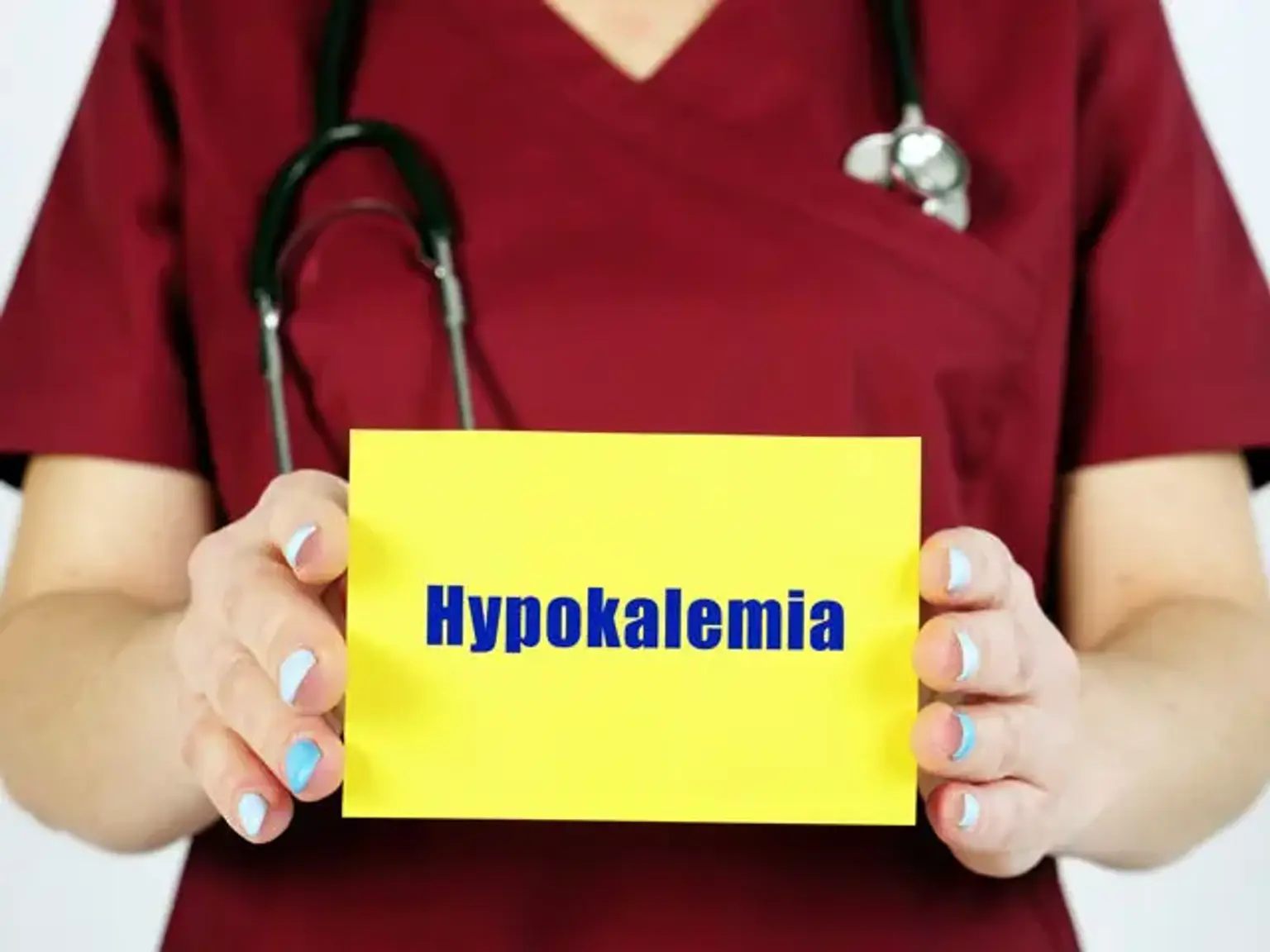Bartter syndrome
Overview
Bartter syndrome is a hereditary renal tubular condition characterized by a deficiency in salt reabsorption in the thick ascending limb of the loop of Henle, which results in salt wasting, hypokalemia, and metabolic alkalosis. Several genes encoding transporters and channels involved in salt reabsorption in the thick ascending limb are mutated, resulting in distinct kinds of Bartter syndrome.
A deeper knowledge of the altered channels and transporters may lead to specific therapy targets in the future, including medications aimed at correcting deficits in folding or plasma membrane expression of the mutant proteins.
